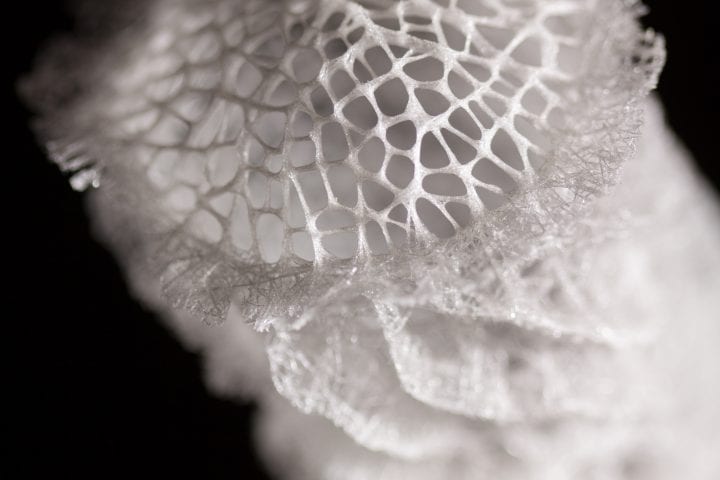Crystal Growth Technique from Drexel University uses chemical mixing to form polymer crystal spheres that provide control over the overall shape.
Benefits
- Versatile
- Scalable
- Controllable
Applications
- Drug delivery
- Medical treatment
UN Sustainable Development Goals Addressed
-

Goal 3: Good Health & Wellbeing
-

Goal 9: Industry Innovation & Infrastructure
The Challenge
Most crystals such as snowflakes grow in a reliable, consistent, symmetry. This symmetry arises from having a unit cell that consistently repeats throughout the crystalline flake. Although this is useful in most instances, it is challenging for scientists and engineers to control crystal growth, which can impede their ability to solve specific problems.
Innovation Details
The crystal growth chemically manipulates the macromolecular structure so that this translational symmetry is broken when the molecule crystallizes. It uses “bottle-brush” shaped polymers as the crystal’s structural system, which provides scientists a way to control the different types of growth.
“What we’ve discovered is a way to chemically manipulate the macromolecular structure so that this translational symmetry is broken when the molecule crystallizes,” Li said. “This means we can control the overall shape of the crystal as it forms.”
Biomimicry Story
Translational symmetry is found in mineral crystals and snowflakes. The crystals have a repeated unit cell that manifests itself into macroscopic crystals. Other examples of translational symmetry can be found in viral capsid structures and in the honeycombs of bees.






